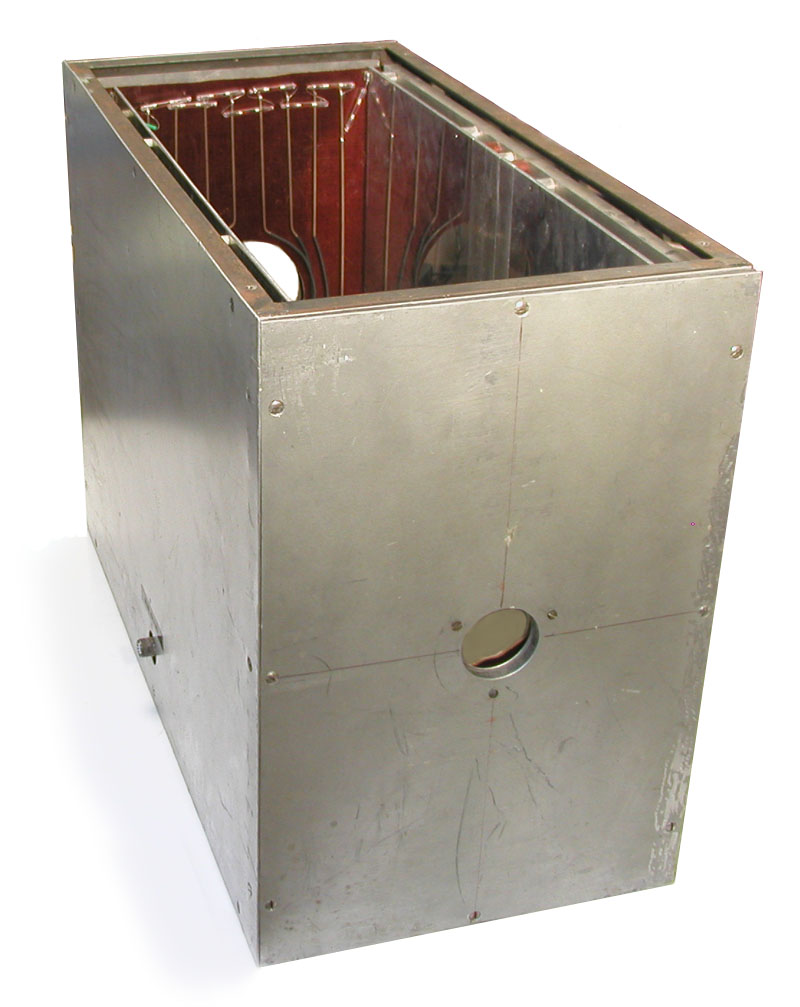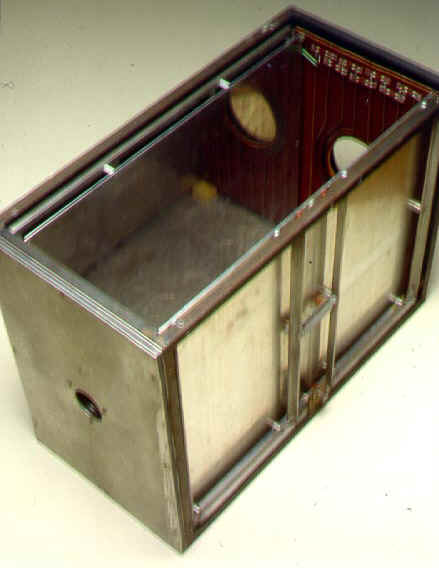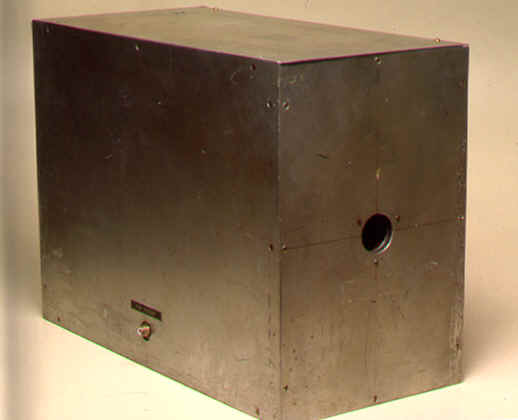Herb Parker's Free Air Ionization Chamber for X-Ray Measurements

The free air ionization chamber is the primary instrument for measuring exposure rates (R/hr) in an X-ray beam. Although the free air ionization chamber seems to be discussed in every textbook, it is rarely encountered in the "real world." The instrument in the photograph was built by Herb Parker around 1937 at the Swedish Hospital in Seattle, Washington.
Herb Parker was the third to join the small group of radiation protection specialists formed at the University of Chicago's Metallurgical Laboratory during WWII. The members of this group were the first to adopt the title Health Physicist and make radiation protection a full-time profession. In 1943, Parker moved to Oak Ridge where he started the Health Physics program at what was to become Oak Ridge National Laboratory (ORNL). In 1944 he moved to Washington state where he developed, and for many years ran, the radiation protection program at what became the Pacific Northwest Laboratory (PNL) at Hanford.

Top and right side covers removed.

X-ray beam enters the chamber through the small opening on the front (right) of the unit. The electrical connector on lower left side of the unit is coupled to the anode.
Parker might be considered the individual most responsible for the development of the absorbed dose concept and its unit the rep (roentgen equivalent physical). In 1953 the latter unit was replaced by the rad. Parker was also instrumental in the development of the dose equivalent concept and its unit the reb (roentgen equivalent biological), which he later changed to rem (roentgen equivalent man, or mammal).
Kindly donated by Ron Kathren.
